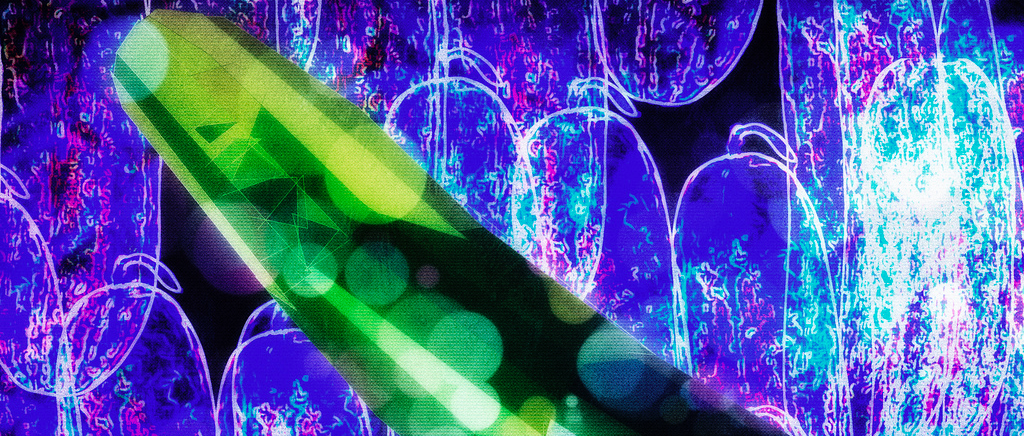New Scientist
Image: ssoosay
Inside each one of us lies a mystery. An analysis of genes from the human gut has found DNA so unusual it could belong to microbes unlike anything that science has encountered before.
Life as we know it is split into three major groups or domains. Plants, animals and fungi are all classed as eukaryotes, whose defining feature is their nucleus. Less complex cells fall into two different divisions – bacteria and archaea.
But some biologists suspect new forms of life are still to be discovered – the equivalent of dark matter – not least because more than 99 per cent of microbes can’t actually be grown in the lab.
Until about 25 years ago, we had virtually no way of studying them. Since then, genomic tools have enabled us to sequence microbial DNA and get an idea of the range of different species.
Even with these techniques it is hard to identify completely new types of life. One problem is drawing the evolutionary dividing line between different groups of microbes. Because they can swap genes, the divisions between them become blurred, and difficult to detect. And when a DNA analysis does identify gene sequences unlike any others, researchers don’t know how to interpret them – precisely because they are so unusual.
Philippe Lopez and Eric Bapteste at the Pierre and Marie Curie University in Paris have come up with a solution. Working with Sebastien Halary at the University of Montreal, Canada, they have developed a new method for identifying particularly unusual genes. Read more on newscientist.com…








